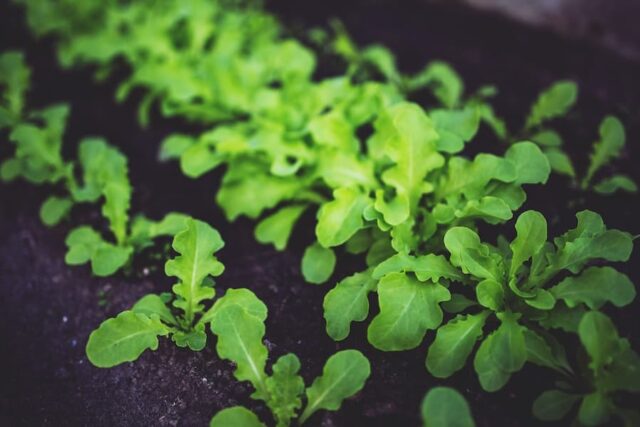In recent years, the trend of growing your own microgreens has gained significant popularity among health-conscious individuals and home gardeners. These tiny, nutrient-packed greens not only add a burst of flavor to your dishes but also offer a myriad of health benefits.
To ensure a successful microgreen garden, it’s crucial to choose the right varieties that suit your preferences and growing conditions.
Consider Your Taste Preferences
When it comes to choosing microgreen varieties, start by considering your taste preferences. Microgreens come in a wide range of flavors, from mild and earthy to spicy and peppery. If you’re a fan of the classic, slightly peppery taste, opt for varieties like arugula, mustard greens, or radishes.
For a milder flavor, go for sunflower, broccoli, or basil microgreens. Experiment with different flavors to find your favorites and add diversity to your dishes.
Assess Your Growing Space
The available space in your garden or indoor setup plays a crucial role in determining the microgreen varieties you can cultivate. If you have limited space, compact varieties like cilantro, chives, or parsley are excellent choices.
These smaller greens are ideal for windowsills, balconies, or kitchen countertops. Larger spaces, such as raised beds or garden plots, can accommodate a broader range of microgreens, including those with longer growth cycles like beets or Swiss chard.
Evaluate Your Growing Conditions
Each microgreen variety has specific requirements when it comes to light, temperature, and humidity. It’s essential to choose varieties that thrive in your local climate and the conditions you can provide.
For instance, if you live in a hot and sunny region, heat-tolerant varieties like amaranth or fenugreek are great options. In contrast, cooler climates may favor microgreens like spinach or kale. Pay attention to the specific needs of each variety to ensure healthy growth.
Think About Nutrition
One of the primary reasons people are drawn to growing their own microgreens is their exceptional nutritional value. Different varieties offer varying levels of vitamins, minerals, and antioxidants. For instance, broccoli microgreens are rich in vitamin C and sulforaphane, known for their cancer-fighting properties.
If you’re looking for a vitamin K boost, consider growing arugula microgreens. Research the nutritional benefits of each variety to align your choices with your health goals.
Experiment and Rotate
Growing your own microgreens is a journey of discovery. Don’t be afraid to experiment with different varieties and flavors. Rotate your crops to prevent soil depletion and disease buildup. By continually exploring new options, you’ll not only enjoy a diverse range of microgreens but also gain valuable gardening experience.
Conclusion
Selecting the right microgreen varieties for your garden is a delightful adventure that combines your taste preferences, available space, growing conditions, and nutritional goals. By understanding these factors and embracing the journey of growing your own microgreens, you’ll not only enhance your culinary experiences but also contribute to your overall well-being.
So, roll up your sleeves, sow some seeds, and embark on the rewarding journey of cultivating these nutritious and flavorful greens in your own garden. Happy growing!














